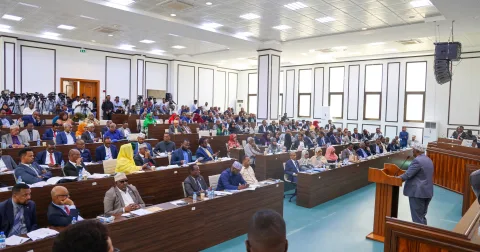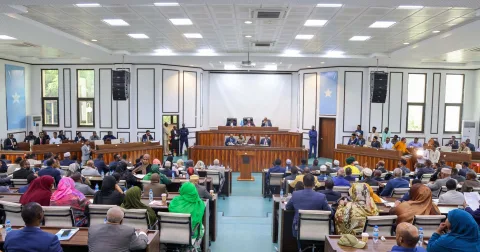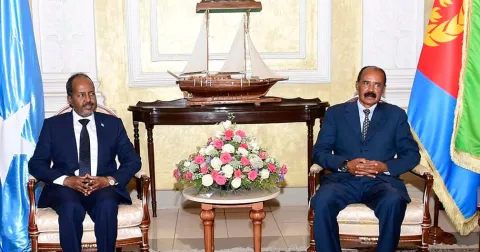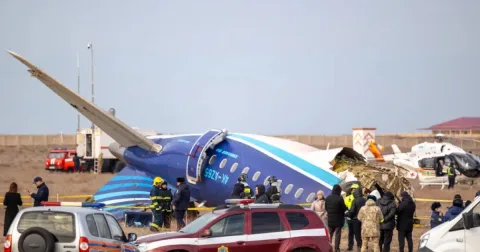Millions of people are at risk of starvation in East Africa as the region tackles its worst drought…
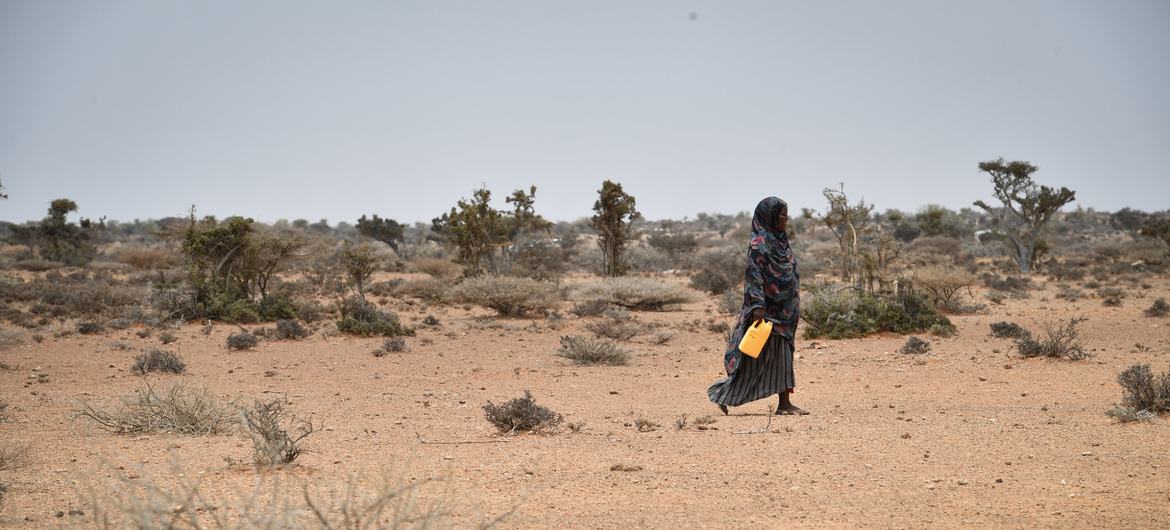
Millions of people are at risk of starvation in East Africa as the region tackles its worst drought on record, according to a senior UN official.
Michael Dunford, regional director for Eastern Africa said the current situation in Eastern Africa, including the Horn of Africa, is the worst on a food security situation seen in recent history.
“We have the worst drought in over 60 years. We had five failed rainy seasons. We are now entering the sixth rainy season and the expectation is it will also underperform. It means that over 22 million people are affected by the drought itself.”
“Ethiopia, northern Kenya and Somalia face a crisis. Somalia is the country that I am most concerned about, over half the population requires humanitarian relief.
“WFP has upscaled its operation dramatically in 2022. We are already reaching over 5 million people. The problem is, unless the rains come the situation is going to continue to deteriorate.”
In a statement issued in November, a consortium of 16 international organizations said that the large scale loss of crops and income due to severe drought over the past two years had left millions of people in Somalia, Kenya and Ethiopia in crisis.
More than 3 million people in the region are facing emergency levels of food insecurity, meaning they regularly go a day or more without eating and have sold their possessions to survive, according to the statement.
In Somalia, the drought has forced more than 1.3 million people to abandon their farms and move to displacement sites.
Dunford said that the WFP raised more than $4.6 billion last year, with the US being the biggest single donor, but was keen to broaden its donor base.
“We need funding from all donors to be able to meet these constant needs,” Dunford said.
“In the next six months, WFP needs over $455 million for our operations in Somalia. The US government has carried the responsibility predominantly and we are asking all donors to provide support.
“We have received great support from Saudi Arabia. In the last five years, WFP has received over $1 billion. We are a long-term partner with the Saudis,” he added.
“What we are eager to see is how we can continue to build that relationship, certainly with regards to financial contributions, but also how we can work together beyond humanitarian response into areas such as resilience, mitigation to climate change and ultimately into the development of these countries.”
“As I said, 22 million people are currently affected by the drought in South Sudan and there are another million people who have been displaced because they have experienced four years of continuous flooding and the waters are still sitting there,” he said.
“So climate change is very real. It’s making a bad situation worse. We need to be able to build the resilience of these populations, not only with regard to the current crisis but with regard to the next crisis and the crisis after that.
“These types of climatic shocks will continue. To what extent are we, as development actors, able to prepare the needs of the population, how are we able to support the governments of these countries is important.”
But Dunford stressed that lessons had been learned from earlier crises.
After a drought in 2011, 260,000 people died and famine hit after two failed rainy seasons, he said.
But now, despite five failed seasons, Somalia was not in a famine situation, which showed that the way investments had been made and responses adjusted was working, he added.
